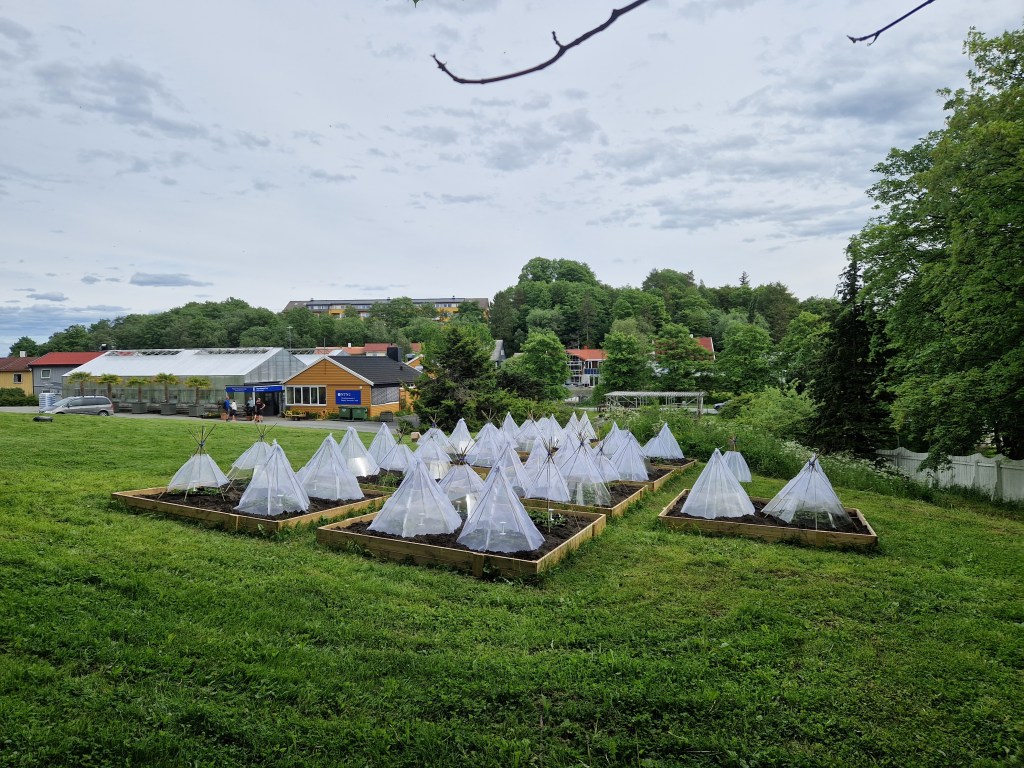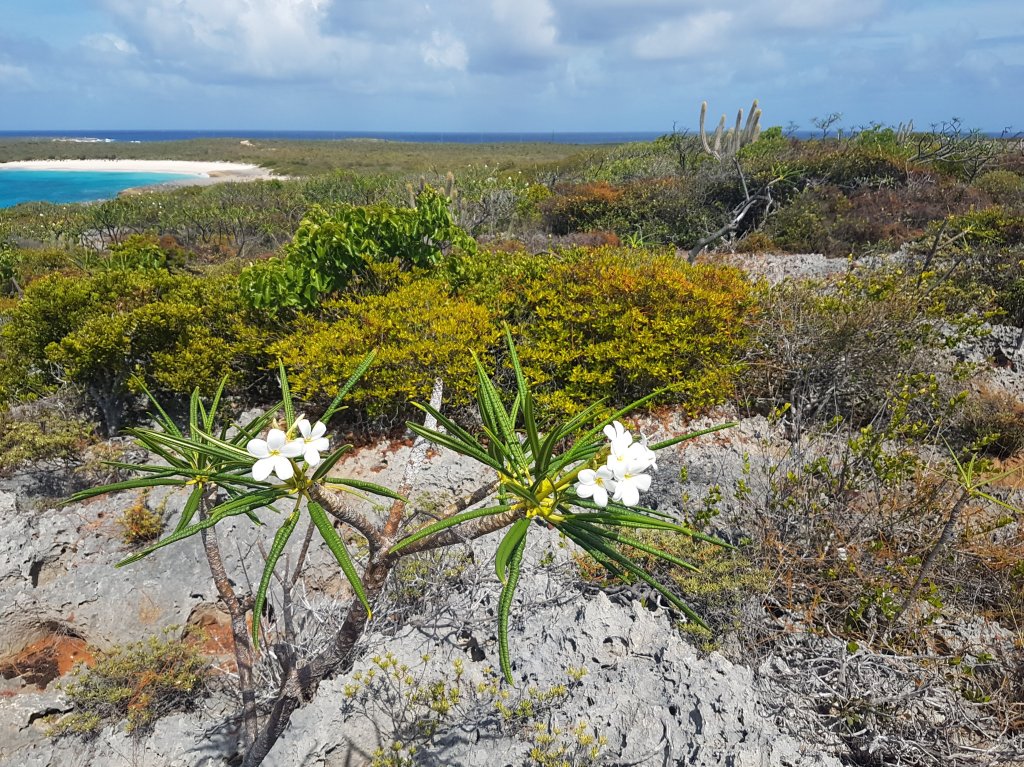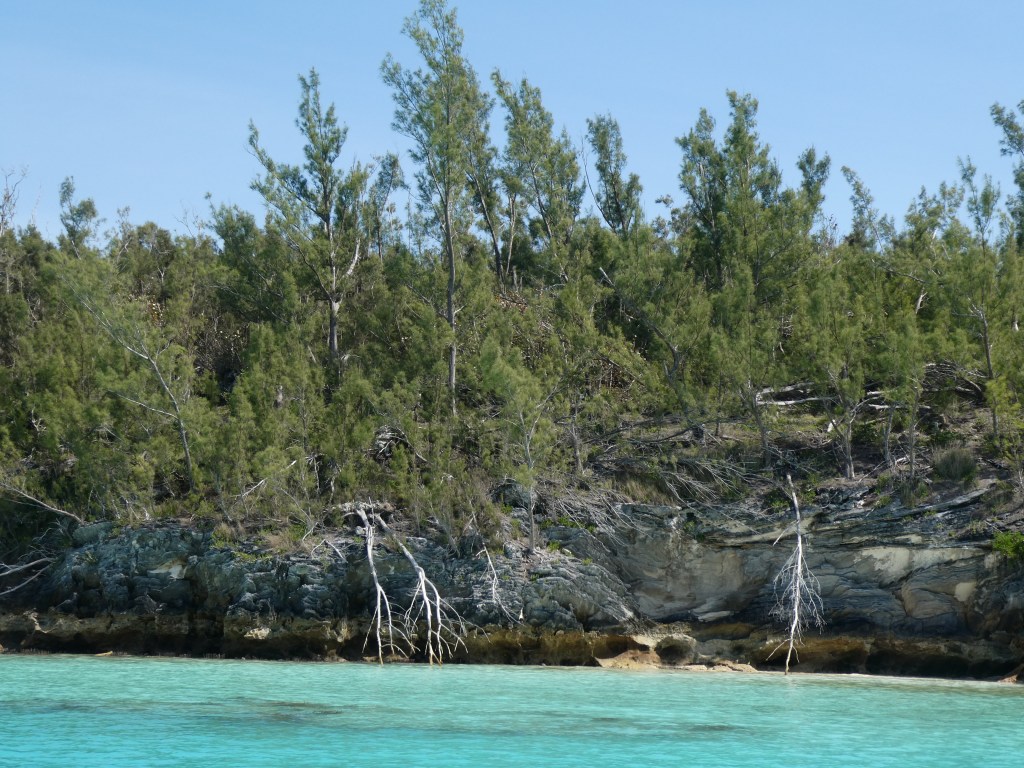Revealing an invasive plant-mammal-disease vector system in São Paulo State, Brazil
Funding: Natural Environment Research Council / Fundação de Amparo à Pesquisa do Estado de São Paulo

This project was initiated in 2021, with the aim of monitoring the distribution and spread of three species of invasive plant throughout the state of São Paulo, Brazil. The three species (Butterfly ginger, Guinea grass and Napier grass) are all large and vegetatively dense plants that offer potential refuge and fodder for capybara. The range and abundance of capybara are increasing, potentially fostered by the spread of these plants. In turn, capybara are hosts for ticks that carry Brazilian Spotted Fever, a disease often fatal to humans. In this project, we will study whether and how invasive plants affect capybara occupancy, and therefore tick abundance and disease risk within invaded landscapes. Wayne Dawson is the UK PI on this project, working with Phil Stephens. The project includes collaborators from the University of São Paulo (Vania Pivello; Marcelo Labruna) and Federal University of São Carlos (Dalva Matos). To find out more, visit the project website.
Protecting South Georgia from climate change-invasion synergies
Funding: Darwin Initiative Darwin PLUS (DEFRA)

The effects of climate change are already marked on South Georgia, with rapid glacial retreat. In parallel, the island continues to harbour non-native invasive plants and invertebrates, posing a threat to native ecosystems, with some species now so widespread that eradication is impossible. Our project will assess the vulnerability of South Georgia’s unique terrestrial ecosystems to invasive plants and invertebrates that may benefit from climate change. To do so, we are:
1) Recording colonisation of recently deglaciated areas by non-native species
2) Identifying ‘winning’ and ‘losing’ native and non-native plants under simulated warming
3) Mapping invasive carabid beetle and native invertebrate distribution and abundance
4) Identifying high-risk potential future invaders from the Falkland Islands
Pierre Tichit is working on this project as a post-doc. This project is in collaboration with the South Atlantic Environmental Research Institute, the British Antarctic Survey (Pete Convey), and the Royal Botanic Gardens Kew (Rosemary Newton). To find out more about the project, see the project website and Twitter profile.
How do invasive species impact African wild mammals?
Funding: Natural Environment Research Council (IAPETUS2 DTP; awarded to Peter Stewart)

(Credit: Peter Stewart)
This project (Peter Stewart’s PhD) focused on the prickly pear cactus (Opuntia), an invasive species threatening arid habitats worldwide. In Laikipia County, Kenya, Opuntia has formed impenetrable stands which may affect the distribution of wild mammals, potentially exacerbating human-wildlife conflict. Peter aimed to determine whether Opuntia is having these effects, using a multi-method approach combining on-the-ground surveys and camera trap data. Peter also aimed to test whether any observed impacts are lessened in areas where Opuntia has been subjected to biological control. Find out more on Peter’s website.
How will climate change and natural enemies affect non-native plant invasion risk in Arctic Norway?
Funding: Durham Arctic Centre for Doctoral Training (Leverhulme Trust; awarded to Katy Ivison)

Katy’s PhD project focused on the effect of climate change, in particular warming, on the invasive capabilities of plants in Southern and Northern Norway. Many factors, including horticulture, have resulted in non-native plant species being introduced to regions usually outside their native ranges, and Katy used modelling to predict which plants would be likely to survive in Arctic Norway under the predicted temperatures of 2050. Katy has also used a manipulative experiment (see photo) to assess how invasive plants already established in Norway respond to artificial warming and herbivory compared to natives. Katy’s project involves collaboration with James Speed and Vibekke Vange (NTNU: Norwegian University of Science and Technology, Trondheim).
Protecting Anguilla’s biodiversity by building capacity in invasive plant management
Funding: Darwin Initiative Darwin PLUS
(DEFRA; awarded to the Department of Natural Resources, Government of Anguilla)

(Credit: Wayne Dawson)
This project aims to equip Anguilla with the tools required to map, manage and eradicate high-priority invasive non-native plants introduced to the island of Anguilla, and to prevent their spread to as yet uninvaded areas and islets. This project included a training workshop on plant species ID, population surveys and mapping in the program R. The project is in collaboration with the Department for Natural Resources (Government of Anguilla), and the GB Non-native Species Secretariat. See the Darwin PLUS project page for more info.
The ecology of plant invasions on Bermuda
Funding: Durham Doctoral Scholarship (awarded to Alison Copeland)

Bermuda is replete with introduced plants, and many of these have become naturalised and invasive. These plants have not only transformed the landscape of Bermuda; they also prevent the re-establishment of native plants and vegetation in restoration efforts. Alison’s PhD project will assess which introduced plant species are the most successful as invaders and why (based on their introduction history and traits). Alison will also analyse the abundance of introduced and native plant seeds in seed rain and soil seed banks within protected areas with restoration potential, to better understand what limits native vegetation restoration.